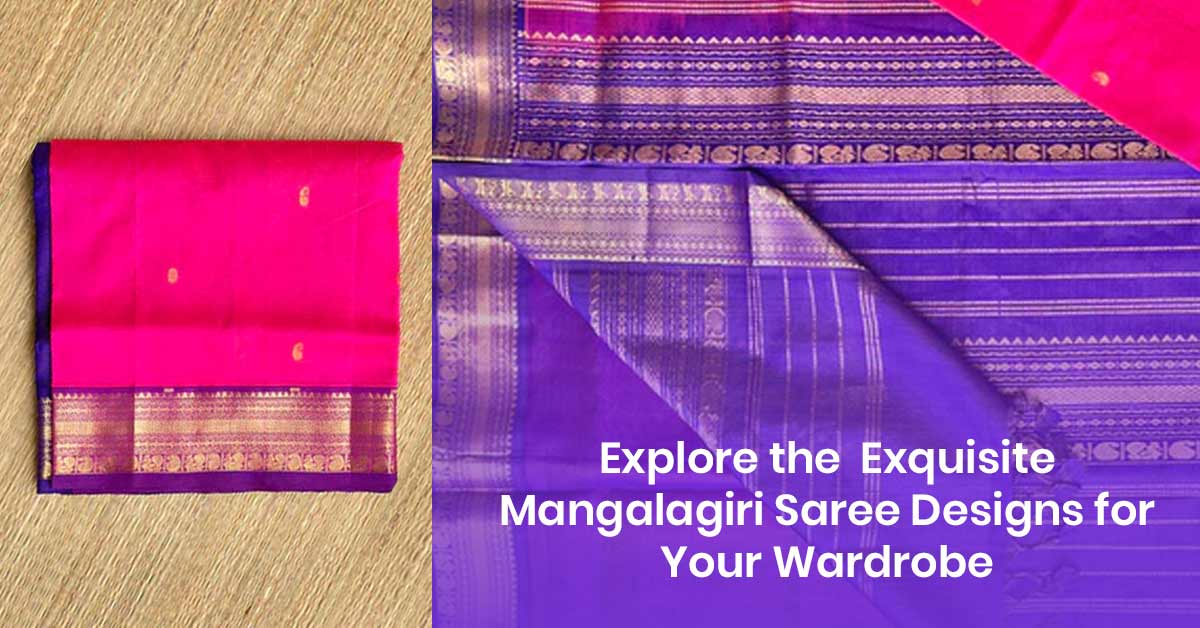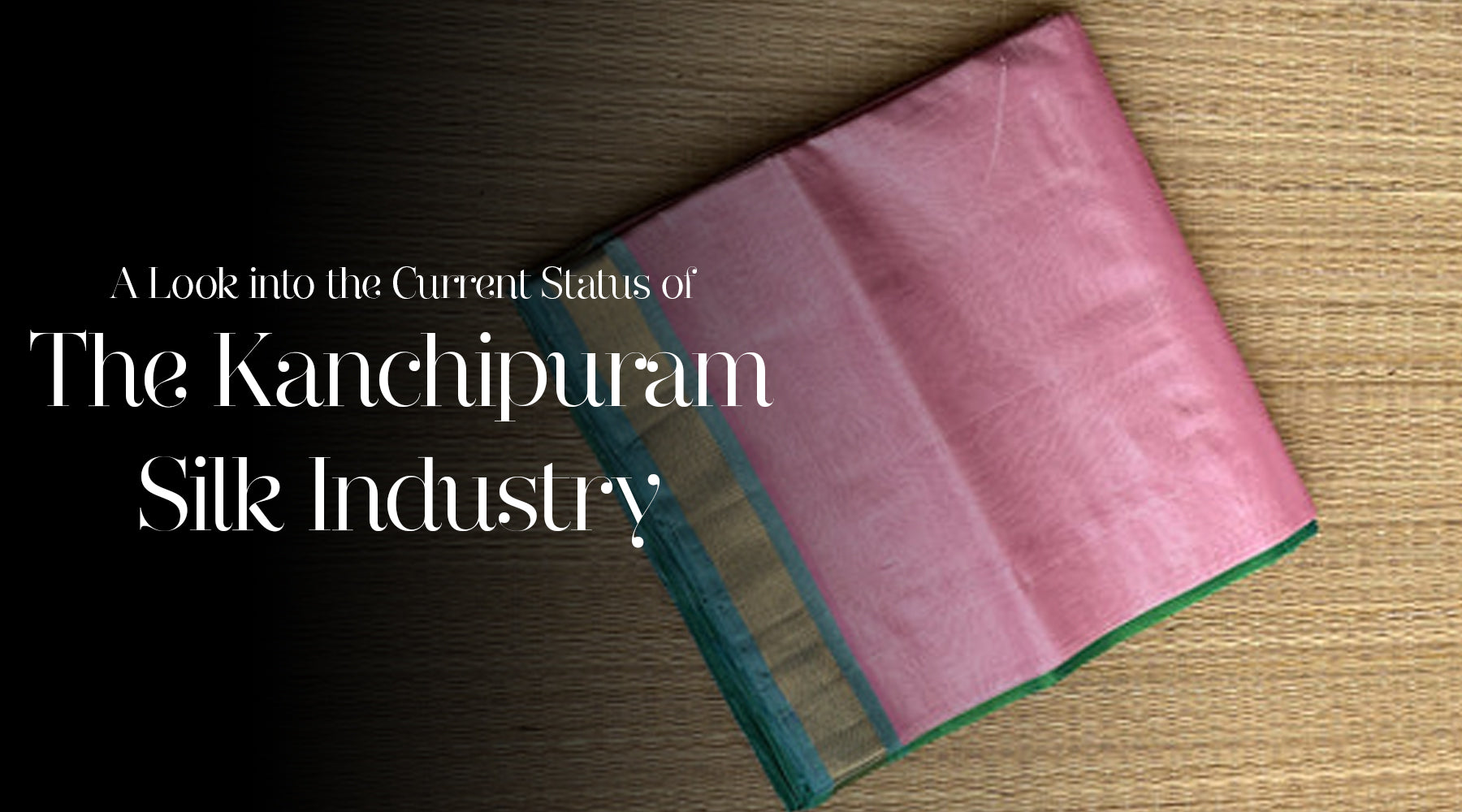
Unveiling The Origins Of Traditional Motifs In Kanchipuram Sarees
Kanchipuram sarees, widely recognized for high-quality first-rate handiwork and undying beauty, have a special area in India’s textiles. These sarees are more than mere garments; they are treasures of our traditional and cultural heritage, showcasing our creative brilliance. One of the most pleasing components of Kanchipuram silk sarees is the tricky motifs that add more beauty to them. Each motif reflects centuries of lifestyle changes, symbolism, and artisanship. In this blog, let’s see the origins of those traditional motifs, exploring their meanings and significance.
Historical Context And Cultural Significance
Kanchipuram, which is in the kingdom of Tamil Nadu, India, has been a center of silk weaving throughout historical instances. Weaving Kanchipuram pure silk sarees is believed to have flourished at sometime during the reign of the Chola dynasty, in the 4th century CE. Over the centuries, the weaving techniques and motifs have advanced, inspired by numerous dynasties, cultural exchanges, and patronage from royalty and nobility.
The motifs placed on Kanchipuram sarees aren't merely decorative patterns but are always deep-rooted cultural and non secular symbolism. They can depict elements from nature, mythology, folklore, and daily life, and even gods and goddesses of Indian cultures. Understanding those motifs requires us to go into the rich tapestry of Indian culture and history.
Common Motifs And Their Meanings
1. Peacock Motif:
The peacock is an image of splendor, grace, and royalty in Indian mythology.
It is regularly depicted with its feathers spread out, symbolizing prosperity and auspiciousness for the wearer.
2. Mango Motif:
The mango is considered a symbol of fertility and prosperity. Its form and intricate designs exhibit the artisan's skill and precision.
3. Paisley Motif (Mango Paisley):
Known because of the 'mango paisley,' this motif originated in Persia and has become famous in Indian textiles. It symbolizes the Cypress tree or the shoot of the date palm, representing lifestyles and eternity.
4. Temple Motif:
The temple motif displays the grand architecture of South Indian temples.
It indicates devotion, spirituality, and reverence for cultural heritage.
5. Floral Motifs:
Flowers which include lotus, jasmine, and rose are very commonly seen in Kanchipuram sarees. Each flower holds its own importance in Indian culture, which mostly represents purity and auspiciousness.
6. Mythological Motifs Of Gods And Goddesses:
Motifs depicting gods and goddesses from Hindu scripts are considered very auspicious and traditional.
Weaving Techniques And Artisanal Expertise
The art of weaving Kanchipuram sarees for wedding is complicated and labor-intensive, this requires fantastic ability and artisanship. The motifs are woven immediately into the cloth with the use of silk threads of various shades, predominantly with gold or silver zari also known as steel thread to improve their richness and durability. The weaving process itself is a blend of traditional techniques passed down through various generations, making sure every saree is a masterpiece.
Contemporary Influence And Global Appeal
While conventional motifs are the main part of Kanchipuram sarees, present day designers and weavers are also experimenting with new designs and shade mixtures to cater to the fashionable tastes of younger generations. The timeless enchantment of Kanchipuram sarees has transcended geographical barriers, making them a favorite among Indian brides and style fans globally.
Preserving Heritage And Artistry
In recent years, efforts have been made to hold and promote the wealthy background of Kanchipuram sarees. Government initiatives, artisan cooperatives, and non-profit groups are working collectively to provide aid to weavers, shield traditional strategies, and make sure they get honest wages and proper operating situations.
The motifs redecorating Kanchipuram sarees aren't just ornamental elements but symbols of a rich cultural legacy. They contain centuries of culture, craftsmanship, and artistic expression through weaving. Irrespective of the occasions worn at, Kanchipuram sarees hold enchantment and inspiration with their timeless beauty and profound symbolism. As we have fun with these wonderful creations, we also should know the dedication and skill of the artisans who preserve this cherished tradition till now and keep it alive.


